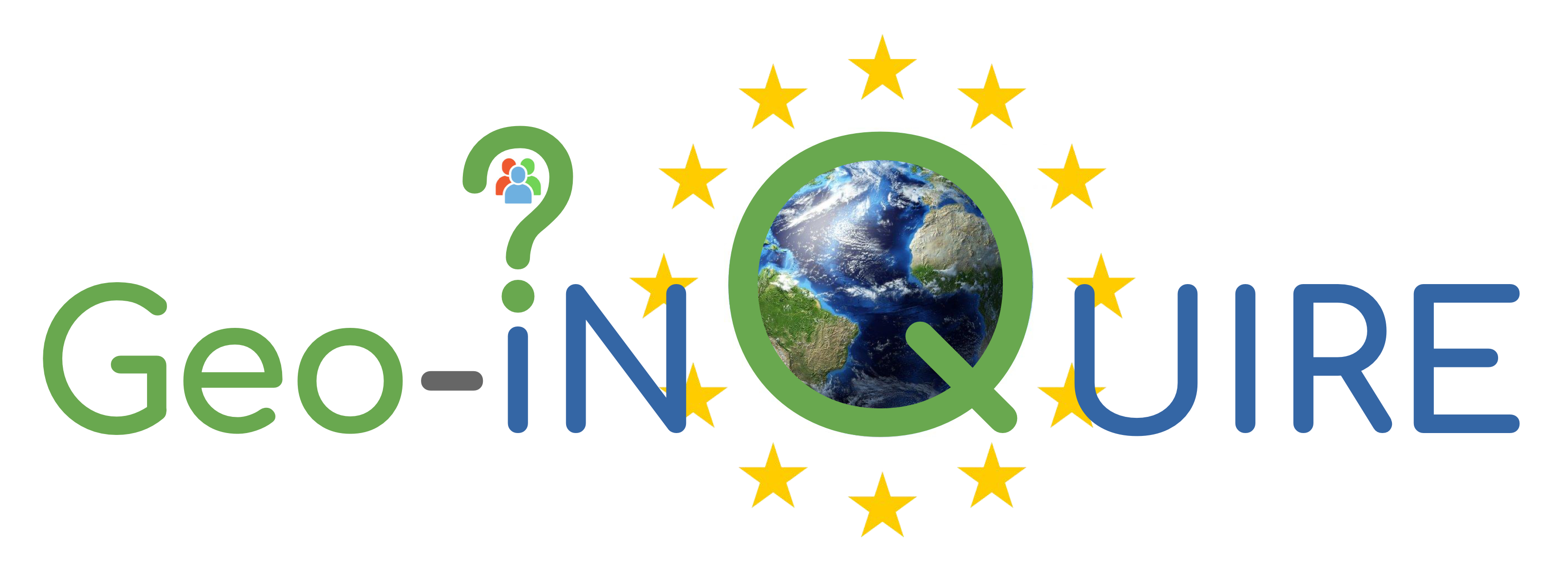Eastern Sicily - Pool Instruments (TA3-83-1)
Hosting Institution:
Istituto Nazionale di Geofisica e Vulcanologia – Osservatorio Etneo, Italy
Description:
The ETNA VOLCANO OBSERVATORY (Osservatorio Etneo - INGV branch in Catania) supports research, and volcano monitoring and surveillance of the Sicilian volcanoes. Multi-parametric networks (seismic, infrasound, geodetic, geochemical, video-cameras, etc...) equipped with state-of-the art instrumentations are continuously running to provide multidisciplinary observations for volcano monitoring and related hazard assessment. Data and products from ground- and satellite-based instrumentation are accessible through the EPOS data portal and the volcano gateway (http://vo-tcs.ct.ingv.it/).
Services offered:
Physical access to a pool of mobile instruments (LIDAR, FTIR-MIDAC, CO2 equipment, radon sensor, radiometer, magnetometer, gravimeter, GPS, multi-parametric station) to carry out multidisciplinary research activities.
- LIDAR. It is a compact multi-wavelength Elastic/Raman scanning system with depolarization capability suitable for mobile measurements and able to carry out 4-D (space and time) imaging of volcanic particle distributions and the optical properties and microphysical characterisation. The AMPLE LIDAR is equipped with a doubled and tripled Nd:YAG diode-pumped laser with a repetition rate of 1KHz and average optical power of 0.6W at 355nm, 1.5W at 532nm and 1W at 1064nm. The LIDAR system is able to detect both the elastic LIDAR returns at 355nm and the N2 Raman LIDAR echoes at 386nm. The polarization purity of the laser line allows polarization measurements at 355nm.
- FTIR-MIDAC. The instrument is a Bruker OPAG-22 (Bruker GmbH, Germany) with ZnSe beam splitter at 0.5 cm-1 resolution. The detector is a liquid nitrogen-cooled MCT detector with sensitivity between 1000 and 6000 cm-1.that allows characterising the chemical composition of volcanic gas.
- CO2 equipment. The instrumentation consists in chamber measuring the CO2 flux from the soil. The chamber has an internal fan with a filter composed of Mg(ClO4)2 to achieve gas mixing and it is connected with a portable NDIR (non-dispersive infrared) spectrophotometer. The instrument is amod. EGM5 by PP Systems (US). It is a compact, lightweight (1.9 kg) instrument packaged in a rugged aluminum enclosure. The measurement range of CO2 concentration is 0-10,000 ppm. The average error is about ± 5% and the reproducibility in the range 200 - 1600 g m-2 d-1 is ± 5%.
- Radon Sensor. It is a Durridge (Canada) RAD7 radon meter (www.durridge.com). The RAD7 solid- state detection chamber (a solid state detector is a semiconductor material - usually silicon - that converts alpha radiation directly to an electrical signal) is energy dispersive and thus discriminates between 222Rn and 220Rn in the gas phase. The RAD7 spectrum is a scale of alpha energies from 0 to 10 MeV. The detector produces an electrical signal. Electronic circuits amplify and condition the signal, then convert it to digital form. The RAD7's microprocessor picks up the signal and stores it in a special place in its memory according to the energy of the particle. The accumulations of many signals results in a spectrum. Each measurement takes >15’.
- Radiometer. The instrument is a CTfast-LT15F thermopile-based spot radiometer by Optris with short response time of 6 ms and a temperature measurement range from −50 to 975 °C in the spectral region of 8–14 μm. The optical system has a resolution of 15:1 and sampling rate of 50 Hz allowing acquisition of a huge amount of data with a small memory requirement. The radiometer is equipped with a small internal display allowing visualisation, in real time, of temperature (in Celsius) as well as voltage output.
- Magnetometer. It a GSM-19 Overhauser, a super-charged proton magnetometer with a sensitivity of 0.22 nT, a resolution of 0.01 nT and fast sampling of up to 5 Hz (GEM Systems).
- Burris Gravity Meter™ SN B68. It is a spring-based relative gravimeter, feedback range of about 50 mGal, drifts of less than 1 mGal per month. A metal micrometer screw gives the metre at 7,000 range (ZLS Corporation).
- GPS equipment. It includes 8 complete GNSS stations with Stonex SC600 model receivers and capability of multi-frequency and multi constellation acquisition. Integrated GSM modem and Wi-Fi able to acquire up to 5 Hz; compact geodetic Stonex SA65 antennas.
- Multi-parametric station. The multi-parametric station offered consists in a Guralp Minimus + 24 bit digitaliser with 8 channels, a Guralp 6T velocimeter sensor with own period of 40 sec, and a Lunitek Hermes infrasound sensor with own period of 30 sec.
Modality of access:
Physical access to the Pool of mobile instruments: Maximum of 2 projects will be supported for the 1st call. Each project team can be composed by a maximum of 3 persons. The access unit is ‘1 working day’ and the maximum access per project is of 5 up to 15 working days depending on the nature of the proposed scientific project and on the provider availability.
Multidisciplinary projects involving more than one installation at Eastern Sicily are supported and encouraged.
Support:
The physical access support includes:
- safety training;
- instrumentation training;
- technical support;
- field support and experiment set up;
- the pool of mobile instruments will be also supported by the supervision of highly specialized personnel.
Additional information:
Users can apply for a maximum of three facilities of the pool in the frame of a project.
Contact person:
Gilda Currenti (gilda.currenti@ingv.it)
